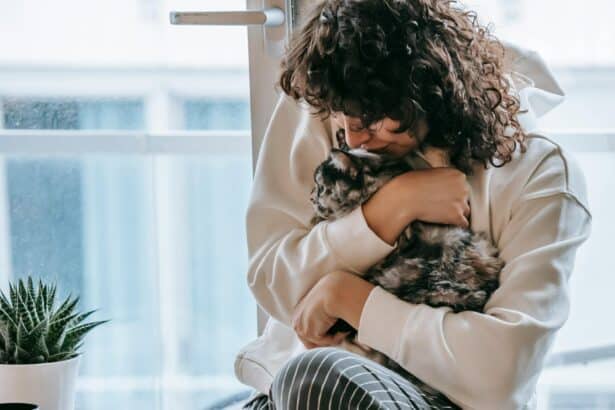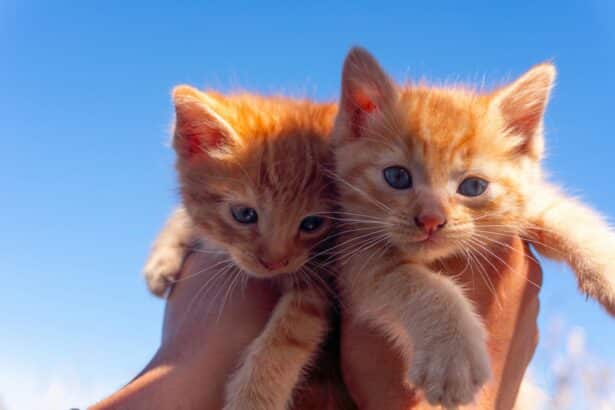Why does my cat spit? Decoding this sharp feline warning
Your velvet-pawed sweetheart can switch from cuddles to a sharp spit in a heartbeat. It is not rudeness; it is a clear message. Spitting is a warning that says: I am scared, overwhelmed, or I need space.
Think of it as a safety valve. Your cat would rather warn than fight. Reading that message calmly makes all the difference.
A natural defense reflex
Spitting is a quick, explosive sound often paired with a hiss, an open mouth, and a pulled-back posture. It helps your cat look bigger and scarier without using claws or teeth.
Look for the classic signals: flattened ears, pupils dilated, body low, tail puffed. This is your cue to pause and give distance.
- What to do: take one slow step back, avert your gaze, and speak softly.
- What not to do: reach in, stare, or try to pick up your cat mid-spit.
Territory and personal boundaries
Cats are territorial, and spitting draws a bold line: too close. New pets, unfamiliar visitors, or even a neighbor cat at the window can trigger it.
Help your cat feel safe with scent-first introductions. Swap blankets, feed at a distance, and allow time to decompress.
- Quick tip: the door-dining trick. Feed animals on opposite sides of a closed door so positive smells and sounds blend without pressure.
- Common mistake: forcing nose-to-nose greetings on day one. Let scent lead before sight.
Thinking about adding a second cat? Learn how to introduce a new cat without conflict for a smoother transition.
Pain or physical discomfort
A sudden spike in spitting can be your cat whispering about hidden pain. Dental disease, arthritis, earache, or a sore spot can make touch feel threatening.
Notice subtle shifts: less grooming, jumping hesitantly, avoiding stairs, or a change in appetite. These are red flags worth a veterinary check.
For a thorough look at how pain changes behavior, explore International Cat Care.
- Gentle test: offer a treat while you slowly stroke different areas. A flinch or spit at a specific spot may point to discomfort.
- Do not punish: scolding a cat in pain increases fear and can worsen aggression.
Common situations that spark spitting
A new pet at home
Fresh smells and sounds can feel like an invasion. Start with separate rooms, scent swaps, and short, positive sessions.
- Use visual barriers like a baby gate or cracked door for safe glimpses.
- Pair first meetings with something yummy to build a positive association.
- End on a calm note, even if brief. Quality beats duration.
Not sure if your cat is coping well? These signs of stress in cats will help you spot trouble early.
Kids or unfamiliar guests
Fast movements, loud voices, and direct approaches can overwhelm a cat. Spitting here says: slow down.
Coach visitors to kneel sideways, extend a finger to sniff, and wait. Let the cat choose if and when to interact.
- Family rule: butterfly hands. Move hands lightly, never swoop in from above.
- Offer a retreat: a high perch or hideaway nearby prevents cornering.
Sudden changes at home
Moves, renovations, new furniture, even deodorizing sprays can unsettle a routine-loving feline. Familiarity is soothing.
Keep anchors steady: feeding times, sleeping spots, favorite toys, and a safe room if needed. Pheromone diffusers can also help many cats relax.
- Set up a comfort corner: a box with a soft towel rubbed on your cat’s cheeks, placed near a window perch.
- Introduce changes gradually and praise calm curiosity.
How to respond when your cat spits
Stay calm and give space
Freeze for a beat, then soften your body language. Turn your head slightly and blink slowly. Step back rather than reaching in.
Speak low and warm. Your composure tells your cat: you are safe with me.
Find the trigger fast
Scan the scene. Was it a hand near a sore spot? A new smell? A loud clatter? Remove the trigger whenever possible.
- Micro-journal it: a few notes on time, place, and trigger quickly reveal patterns.
- Enrich the space: add vertical shelves and hiding spots to prevent cornering.
If spitting pops up during petting, it may overlap with overstimulation or fear. Curious about related behavior? Read about why cats bite and how to defuse it.
Call in the pros when needed
Frequent or escalating spitting deserves a vet exam to rule out pain. A feline behaviorist can then help with a tailored plan.
- Bring video if you can. Short clips capture posture and context better than memory.
- Ask your vet about dental checks and joint comfort in adult and senior cats.
Preventing spitting: set your cat up for success
Create a stable, reassuring routine
Predictability is medicine for sensitive souls. Keep mealtimes, playtime, and rest consistent. Rotate toys to prevent boredom.
Play is a pressure release. Two short interactive sessions daily often reduce reactivity.
- Original tip: the cloth barrier reset. Slip a light towel between cats or between you and your cat when tension rises. This soft visual block lets emotions drop without handling.
- Reward calm with quiet praise and a small treat.
Socialize kindly and early
For kittens and newly adopted adults, pair new experiences with treats and choice. Slow exposure builds confidence.
Short, frequent practice beats one long session every time.
- Start with scent, then sight, then brief, calm contact.
- End with a playful wind-down to leave a positive aftertaste.
Welcoming a baby or a new kitten soon? This guide will help you stage introductions without conflict from day one.
Respect personality and limits
Some cats are social butterflies; others are slow-to-warm homebodies. Both are perfect as they are.
Offer choices: lap or nearby perch, brush or gentle hand, play chase or explore. Agency calms the nervous system.
- Fun fact: a few cats even spit at their own reflection before they learn it is not an intruder.
- Signal you understand with slow blinks and a soft side-on posture.
Wrap-up: understand the spit, protect the bond
Spitting is a loud whisper from your cat: I need space, safety, or relief from pain. When you listen, trust grows and conflict fades.
Keep calm, find the trigger, and tweak the environment. Curious about other tension signals? Here is why cats fight and how to read the build-up before it happens.
FAQ
Is spitting different from hissing?
Yes. A hiss is a longer exhale; a spit is a short, sharp burst, often paired with a head snap. Both mean back off now.
When should I worry about frequent spitting?
If it is new, worsening, or linked to touch, movement, or eating, book a vet check to rule out pain or illness.
Do some cats spit during play?
Occasionally, arousal can spike and tip into a defensive spit. Pause play, let your cat reset, and restart more gently.
Can neutering or calming aids reduce spitting?
Neutering can lower territorial tension in some cats. Pheromone diffusers and routine-based enrichment also help many sensitive felines.








